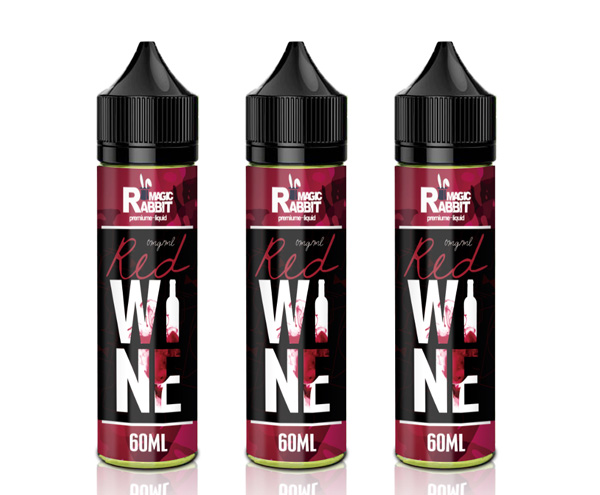How much potential does e-liquid have for its development?
As global health awareness increases and awareness of the dangers of traditional cigarettes deepens, vape as an alternative has gradually entered the public eye. As the core component of vape, e-liquid (or vape liquid) has experienced significant development in the past decade or so. So, how much potential does e-liquid have for its development? This article will discuss technological progress, market demand, regulatory policies and future trends.

1. Technological progress drives the development of e-liquid
Technological progress is one of the important driving forces for the development of e-liquid. From the simple formula in the early days to the diverse flavors and formulas today, e-liquid’s technological advancements have significantly improved the user experience. Modern e-liquid is not only richer in taste, but also has made great progress in the safety of its ingredients. For example, some leading e-liquid manufacturers have begun to use high-quality raw materials and ensure the safety and stability of their products through strict production standards and quality control.
In addition, e-liquid’s technological innovation is also reflected in the introduction of nicotine salt. Traditional free-base nicotine tends to bring a strong irritation when inhaled, while nicotine salts are chemically synthesized and can be effectively absorbed at lower temperatures, providing a smoother smoking experience. This innovation not only improves user satisfaction, but also broadens the applicable population of vape.
2. Market demand continues to grow
With the popularity of vape, the market demand for e-liquid continues to grow. Especially among the younger generation, vape has become widely popular as a fashionable and personalized consumer product. According to market research data, the global vape market has maintained rapid growth over the past few years, and this trend is expected to continue in the coming years. The growth of market demand has provided strong impetus for the development of the e-liquid industry.
At the same time, with the global emphasis on environmental protection, vape has been favored by more consumers because of its more environmentally friendly characteristics than traditional cigarettes. As the core product of vape, e-liquid’s market demand has also been positively affected by this. Especially in some developed countries and regions, consumers attach great importance to health and environmental protection, prompting them to be more inclined to choose vape and high-quality e-liquid products.
3. Impact of regulatory policies
Although the market potential of vape and e-liquid is huge, regulatory policies in various countries are also constantly affecting the development of the industry. On the one hand, strict regulatory policies may limit the development of e-liquid. For example, some countries and regions have severely restricted or even completely banned the sale and use of vape and its supporting products. Under this policy environment, the development of e-liquid faces certain challenges.
On the other hand, reasonable regulatory policies contribute to the healthy development of the industry. By regulating the market and improving product standards, we can effectively protect the rights and interests of consumers and promote healthy competition in the market. For example, the U.S. Food and Drug Administration (FDA) has imposed strict requirements on the ingredients and labels of e-liquid products, which has promoted the standardization and development of the industry to a certain extent.
4. Future Trend Outlook
Looking to the future, the development potential of e-liquid is still huge. First, technological innovation will continue to drive the development of e-liquid. With the advancement of science and technology, future e-liquid products will achieve greater breakthroughs in terms of ingredient safety, taste diversity and user experience. Especially with the application of artificial intelligence and big data technology, the research and development and production of e-liquid will be more accurate and efficient.
Secondly, market demand will further promote the development of e-liquid. With the expansion of vape user groups and changes in consumption concepts, the market demand for high-quality, personalized e-liquid products will continue to grow. In the future, the e-liquid market will be more segmented, and the needs of different consumer groups will be better met.
Finally, global concerns about health and environmental protection will prompt the e-liquid industry to pay more attention to product safety and environmental protection. Future e-liquid products must not only meet consumer needs, but also comply with higher health and environmental standards.
To sum up, the development potential of e-liquid is still huge. Although it faces certain challenges, with the guidance of technological advancement, market demand growth and reasonable regulatory policies, the e-liquid industry will usher in broader development prospects. In the future, we have reason to look forward to safer, healthier and more diverse e-liquid products, providing better choices for consumers around the world.



 Prev: Tapping the potential of vape requires suitable...
Prev: Tapping the potential of vape requires suitable... Next:How to DIY a satisfactory e-liquid?
Next:How to DIY a satisfactory e-liquid?


